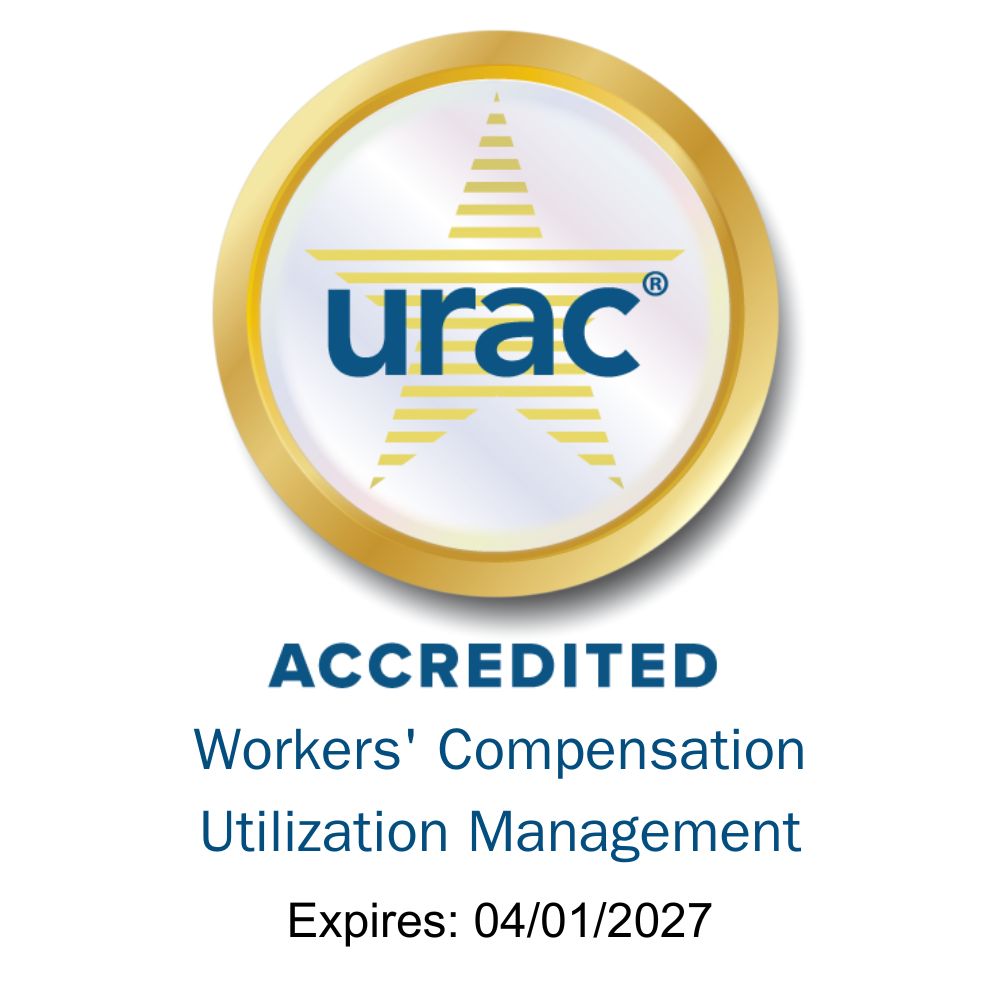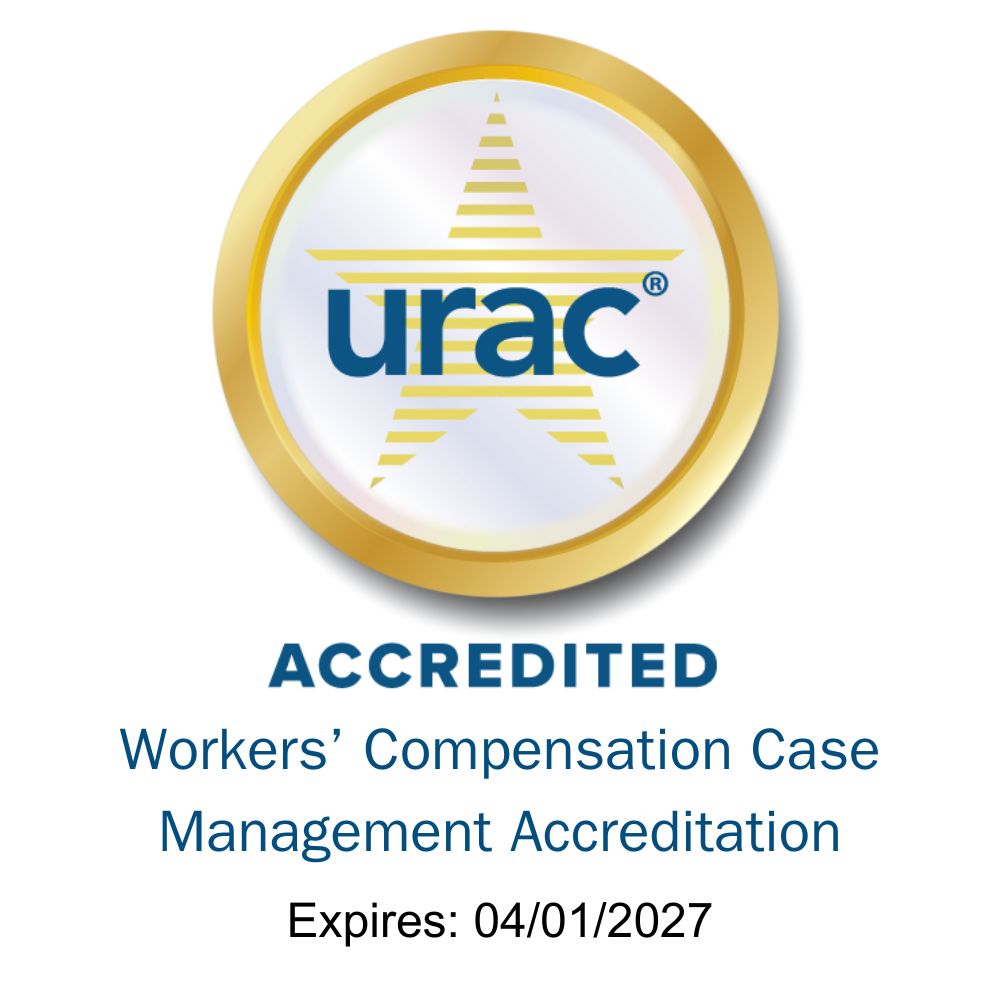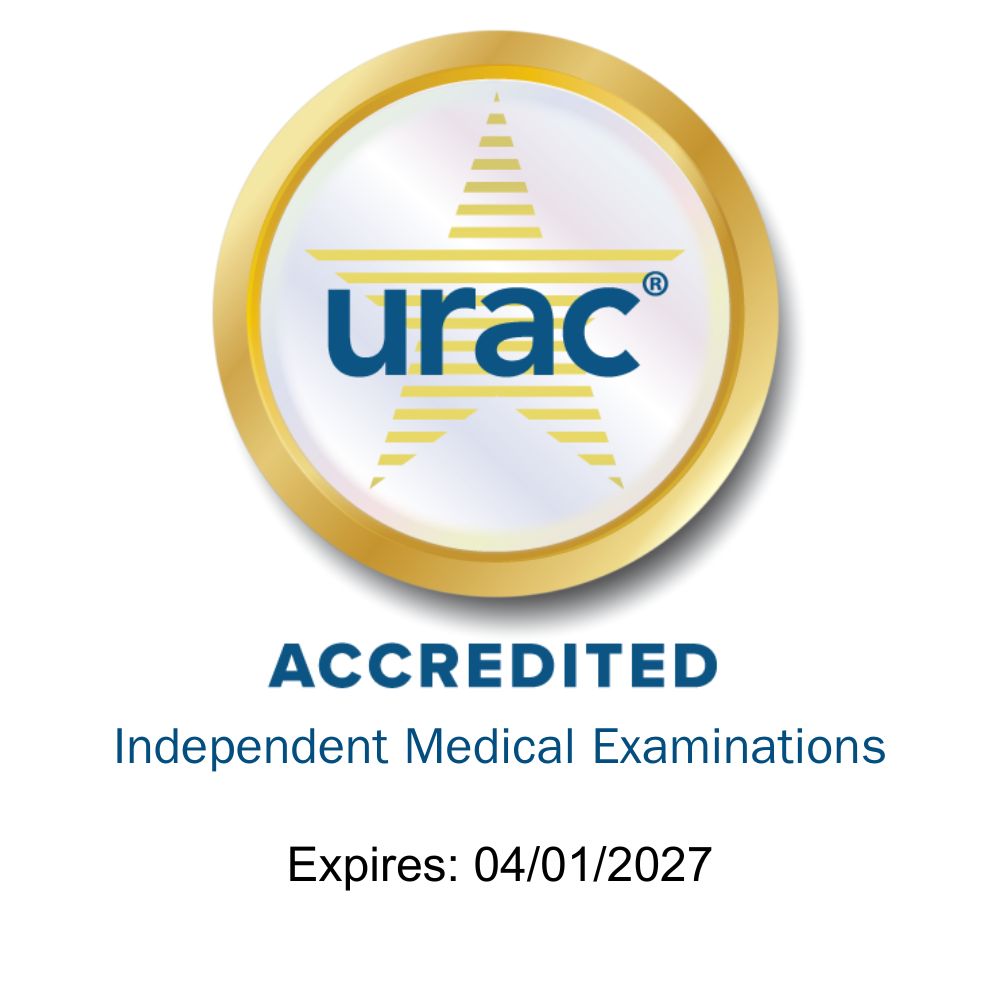WCRI’s recent annual conference delivered valuable research and insight on the current (and future) state of the industry. In today’s Inside Workers’ Comp, Genex’s Jim Harris shares three big takeaways from WCRI that could have the biggest impact on claims in the next few years.
Tom Kerr (TK): Jim, so it shouldn’t come as a surprise that opioids were one of the hot topics at this year’s conference, but did any of the new information surprise you?
Jim Harris (JH): Absolutely it did. Dr. Alan Krueger of Princeton opened up the conference and he shared some pretty alarming statistics about opioid deaths. We all know that there's been a lot of attention paid to the opioid epidemic over the past several years, but seeing these kinds of numbers always shocks me.
There are presently over 70,000 deaths per year in the United States due to drug overdose and 70 percent of those are due to opioids. This number is staggering. What's even more surprising to me is that the total number of deaths due to overdose was only around 20,000 in 2002, which really isn't so long ago.
What also is concerning is how much the frequency of these deaths has skyrocketed since 2016 and how this crisis is really almost exclusive to the United States. So, pretty alarming stats that were shared.
TK: What do these statistics mean to labor?
JH: I think they mean a lot to the labor force. Professor Krueger, he also shared some details of the demographics of those people that are most affected by this opioid crisis. White, non‑Hispanic males with a high school degree or less are the most impacted group. I think this is having a direct downward trend in their ability to work.
He also quoted a stat that men seeking work has trended down dramatically and that one‑third of the working age men who are out of the workforce are now taking pain medications. Professor Krueger suggested that we had to reduce the flow of medications that are causing addiction and come up with improved treatment options for those that have an opioid problem. I agree 100 percent with his thoughts.
Some of the suggestions he had involved providing more education with physicians on opioid prescribing. He shared statistics that showed doctors who more often prescribe opioid medications are coming from the lowest‑ranking medical schools. I think there's an opportunity for education across the board to try to help control this problem for us.
TK: The importance of early intervention seemed to be a big theme at this year's event. Based on some of the discussions at the conference, do you think the industry will become more committed to early intervention?
JH: Early intervention was not really a specific topic of the conference but it certainly was a common theme that popped up in numerous presentations, especially by various employers as being a key to their success in controlling their workers' compensation programs.
Professor Tom Wickizer from the University of Washington School of Public Health stated that the key to preventing disability is early intervention. This early intervention philosophy was also echoed by a number of the employer groups that presented across multiple days.
We heard from experts from a number of well‑known companies like Starbucks, Home Depot, the Cheesecake Factory, and Publix Super Markets. All of them spoke about how they use telephonic case management and early intervention programs to help deliver quality and timely medical care to their injured workers and bring about earlier returns to work.
There was even a representative from the US Department of Labor who spoke about a new pilot program called RETAIN to help states redesign and improve return-to-work results through early intervention strategies.
In my opinion, early intervention does work in helping to control workers' compensation costs, and I think that we are going to continue to see this philosophy adopted across our industry.
TK: And our third big takeaway from WCRI 2019 involves the potential growth of telemedicine. Based on what you heard at the conference do you think the time is right for the industry to truly invest in its services?
JH: I think my answer to that is yes and no. Telemedicine was the last panel discussion of the conference. Kurt Leisure of the Cheesecake Factory presented a very compelling story describing his program.
As he described it, there is no waiting or emergency room visits like you have in traditional treatment. With telemedicine, the care is immediate and the clinicians are a 100 percent focused on the patient. He described some really great outcomes and some cost‑saving measures that the Cheesecake Factory has enjoyed since implementing this program last year. After seeing his presentation, I was inspired to run out and bring this solution to all of my customers. The workers' comp industry is lagging behind the rest of the health care industry in certain areas of innovation and telemedicine is no different.
Dr. David Deitz also spoke on this topic and stated that only 1/100th of annual medical visits in the U.S. are done via telemedicine. There certainly is a huge opportunity to transition some of these to telemedicine, but there has to be a firm commitment on behalf of the employer and the carrier and the third‑party administrator to provide the means for a program like this to be successful. Privacy concerns and trust factors from the injured worker are two major hurdles that have to be overcome before these types of program can be expanded.
I think that as telemedicine becomes more mainstream in the private health care sector, it's also going to become more accessible in workers' comp. So yes and no, the time is now for telemedicine.
TK: Thanks, Jim. In our next Inside Workers’ Comp, we’ll share insights from the injured worker’s perspective based on a recent patient satisfaction survey. Until then, thanks for listening.
Learn more about the value of early intervention in workers’ comp here.







